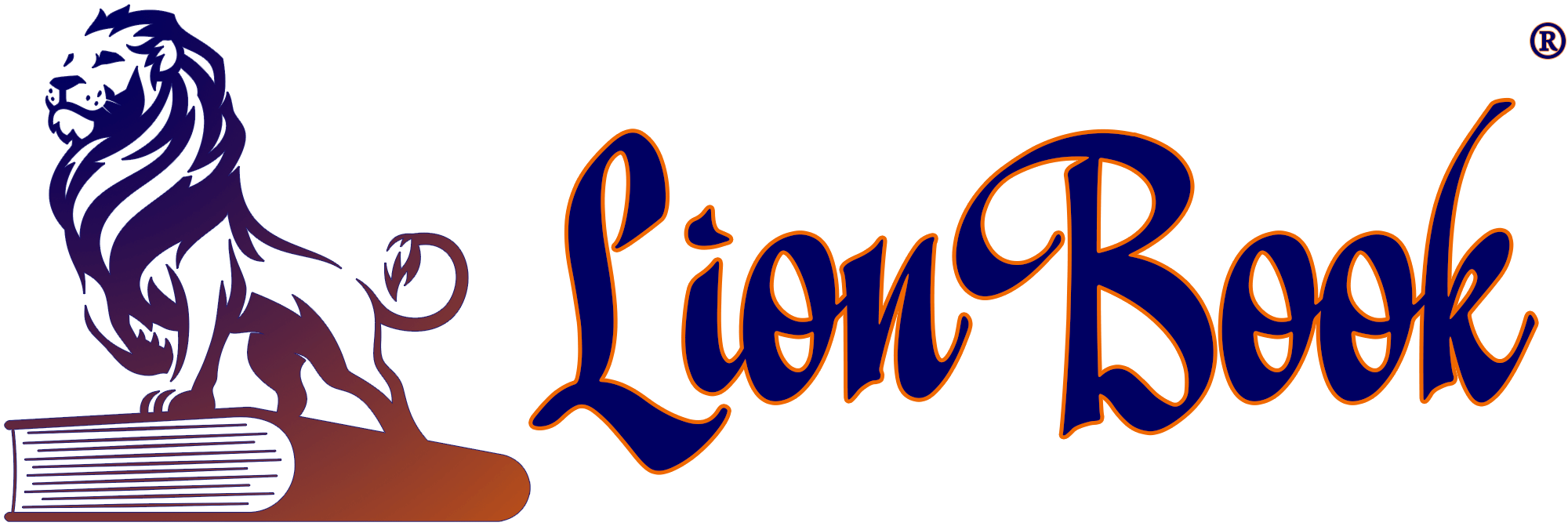Ligand Design in Medicinal Inorganic Chemistry
 Instant download
Instant download
after payment (24/7)
 Wide range of formats
Wide range of formats
(for all gadgets)
 Full book
Full book
(including for Apple and Android)
Increasing the potency of therapeutic compounds, while limiting side-effects, is a common goal in medicinal chemistry. Ligands that effectively bind metal ions and also include specific features to enhance targeting, reporting, and overall efficacy are driving innovation in areas of disease diagnosis and therapy.Ligand Design in Medicinal Inorganic Chemistrypresents the state-of-the-art in ligand design for medicinal inorganic chemistry applications. Each individual chapter describes and explores the application of compounds that either target a disease site, or are activated by a disease-specific biological process.Ligand design is discussed in the following areas:Platinum, Ruthenium, and Gold-containing anticancer agentsEmissive metal-based optical probesMetal-based antimalarial agentsMetal overload disordersModulation of metal-protein interactions in neurodegenerative diseasesPhotoactivatable metal complexes and their use in biology and medicineRadiodiagnostic agents and Magnetic Resonance Imaging (MRI) agentsCarbohydrate-containing ligands and Schiff-base ligands in Medicinal Inorganic ChemistryMetalloprotein inhibitorsLigand Design in Medicinal Inorganic Chemistryprovides graduate students, industrial chemists and academic researchers with a launching pad for new research in medicinal chemistry.
LF/775140/R
Data sheet
- Name of the Author
- Storr
Tim - Language
- English
- ISBN
- 9781118697917
- Release date
- 2014


![[Soapmaking Mystery 02] • A...](https://lionbook.net/2005114-thickbox_default/-soapmaking-mystery-02-a-pour-way-to-dye.jpg)
























